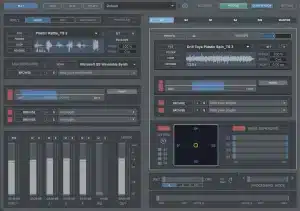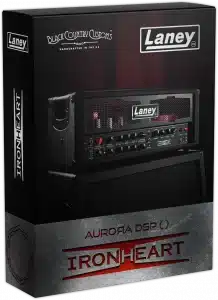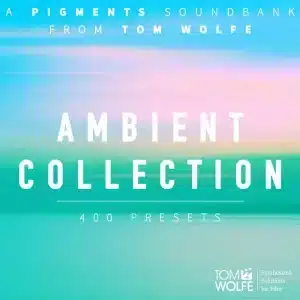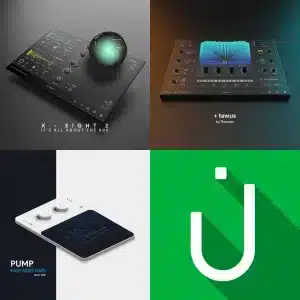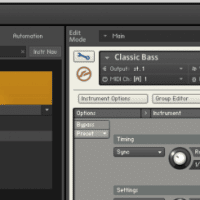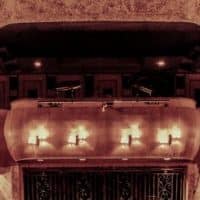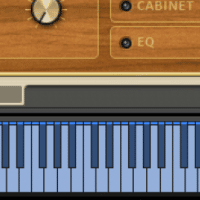Simple Tricks For Customising Factory Sample Libraries Kontakt FX Kontakt ships with dozens of high quality studio effects offering a powerful (and free) way of customising and personalising otherwise generic factory presets. To begin, open any instrument and click on the wrench icon on the left to open, for this…

5 Types Of Orchestral Sample Library Every Composer Needs
For a new composer, purchasing sample libraries can be a daunting task. With so many categories, price points and options it can be rather overwhelming to just know where to begin. In this article, I’ll attempt to shed some light on the various types of orchestral sample libraries, how they’re used and give you some things to consider when making purchase decisions. Let’s get started!
Epic & Broad Strokes Libraries
WHAT ARE THEY?:
Unlike ensemble and solo libraries, which I’ll cover later, broad strokes or “epic” libraries don’t focus on a single instrument of the orchestra but rather full sections of one. For example in one of these libraries you might find the orchestra broken down into something like:
Low Strings (Cellos + Basses)
High Strings (Violins + Violas)
Low Brass (Tubas + Trombones)
High Brass (Horns + Trumpets)
Woodwinds
Many libraries also include percussion and choir patches as a bonus and or full string ensemble patches.

HOW TO USE THEM:
Broad strokes libraries can be a great starting place for sketching out a new composition or track. Many composers will populate their orchestral template with a few ensemble patches: strings long, strings short, etc… to have easy access to some basic orchestra sounds when writing a new piece before fleshing out the details with sectional libraries later on.
Another great way to use these libraries is for thickening up an already fully orchestrated piece. For example if you want a beefier low end in your strings section, layering a part with a low strings or even full strings patch from your epic library of choice can be just the thing you need to add extra weight to a part.
Of course there are situations when an epic library can be used as the primary tool as well, such as…well epic trailer compositions that require a larger than life sound or hybrid electronic/orchestral compositions where the goal is not necessarily to mimic the sound of an orchestra in detail but to simply provide a symphonic “feel”.
Busy composers who work on short deadlines and frequently record with live ensembles can benefit from this category of libraries. In this case they may simply use the libraries to mockup a composition solely towards the end of getting approval from the director before orchestrating and recording. This allows them to work fast without having to worry about the details. In fact this is originally what all orchestral sample libraries are intended for, but…times have changed.
Another benefit of epic libraries is that they are (usually) less resource intensive than their sectional counterparts so they can be effective for composers working on laptops or underpowered systems.
Ensemble/Sectional Libraries
If you intend on writing traditional symphonic pieces then these libraries will be your bread and butter. Ensemble libraries usually come in collections like: Strings, Brass & Winds. In these libraries you ought to find a comprehensive collection of playing techniques for each section. A good string library for example, will have sections for:
1st Violins
2nd Violins
Violas
Celli
Basses

In the best libraries, articulations will be the same for each of the above sections and usually feature articulations like:
Legato (often multiple types)
Sustain (sometimes including vibrato)
Shorts: Staccato, Staccatissimo, Tenuto
Pizzicato, Bartok, Col Legno
Trills & Tremolo
HOW TO USE THEM:
When using these libraries you will want to more or less approach writing with them the same way you would a traditional orchestra. Generally speaking, as long as you follow sound orchestration fundamentals you will be okay. Unfortunately, due to the number of sections and articulations included in an ensemble orchestra, depending on what libraries you use, you may end up with hundreds of tracks and a high ram footprint, so it is important to be strategic about what instruments you have loaded and the number of mic positions as the resources required to run a full template add up fast!
Divisi Libraries
If you want to take your orchestral writing to the next level you may want to consider investing in a set of divisi libraries. While ensemble libraries feature full string sections: 1st violins, 2nd violins, etc…, divisi libraries break things down even further, dividing the string section up into chairs or desks so each string section may be broken down into 2 or 3 smaller groups like: 1st violins a, 1st violins b, 1st violins c, etc…

HOW TO USE THEM:
Divisi libraries are a great tool for composers who write lots of independent lines and want to do so in a way that simulates the size of a real symphony orchestra. They are also great for times when you want a more intimate sound and want to write “small” or simply for layering on top of ensemble libraries for a unique sound.
Solo Libraries
Like the name suggests, solo libraries are virtual instruments designed to recreate the sound of a solo instrument. If you want to include a solo in your composition, then you are simply going to need a solo library to do it.

HOW TO USE THEM:
Working with solo libraries is straightforward enough. Use them any time you want to simulate a solo instrument in a composition or layer a solo instrument library in with an ensemble part to simulate the first chair of a section.
Aleatoric & “FX” Libraries
I am really reluctant to refer to this category of libraries as “fx” due to the fact that depending on the piece, these playing techniques may in fact be the main constituents of a composition rather than an effect.
The way in which this category of libraries differ from the others is that rather than focus on traditional playing techniques suitable for traditional, melodic compositional styles, the emphasis here is on “extended” or non-traditional playing techniques. You are likely to find sounds like: risers, downers, clusters, stabs and the like, rather than the more conventional variety of longs, shorts, legatos, etc…

HOW TO USE THEM:
Aleatoric/fx/extended technique libraries are a favorite tool of trailer and tv composers who need to add tension to their pieces. (Think of the tense risers you often hear in a drama show right before the commercial). Another obvious application is horror and thriller genres, though they also have their place in more traditional styles when used with purpose.
WHEN SHOULD YOU START?
Unless you have unlimited funds to start out with, then you are going to need to be both selective and strategic with your purchases. First of all, ask yourself what genres of music or types of projects are you most likely to get hired to write. That ought to help you make an informed decision about what types of libraries will give you the best return on investment.
If you plan on composing lots of traditional symphonic music, then you will eventually want to have one if not several of each library in the above categories. In that case I’d suggest first starting with a good ensemble library, followed by an epic library, then divisi and lastly a solo library. Obviously this is highly subjective but in my experience this is a good order of operations.

